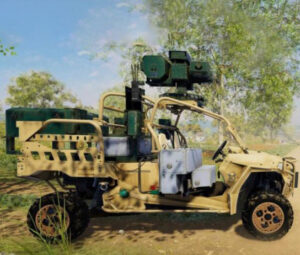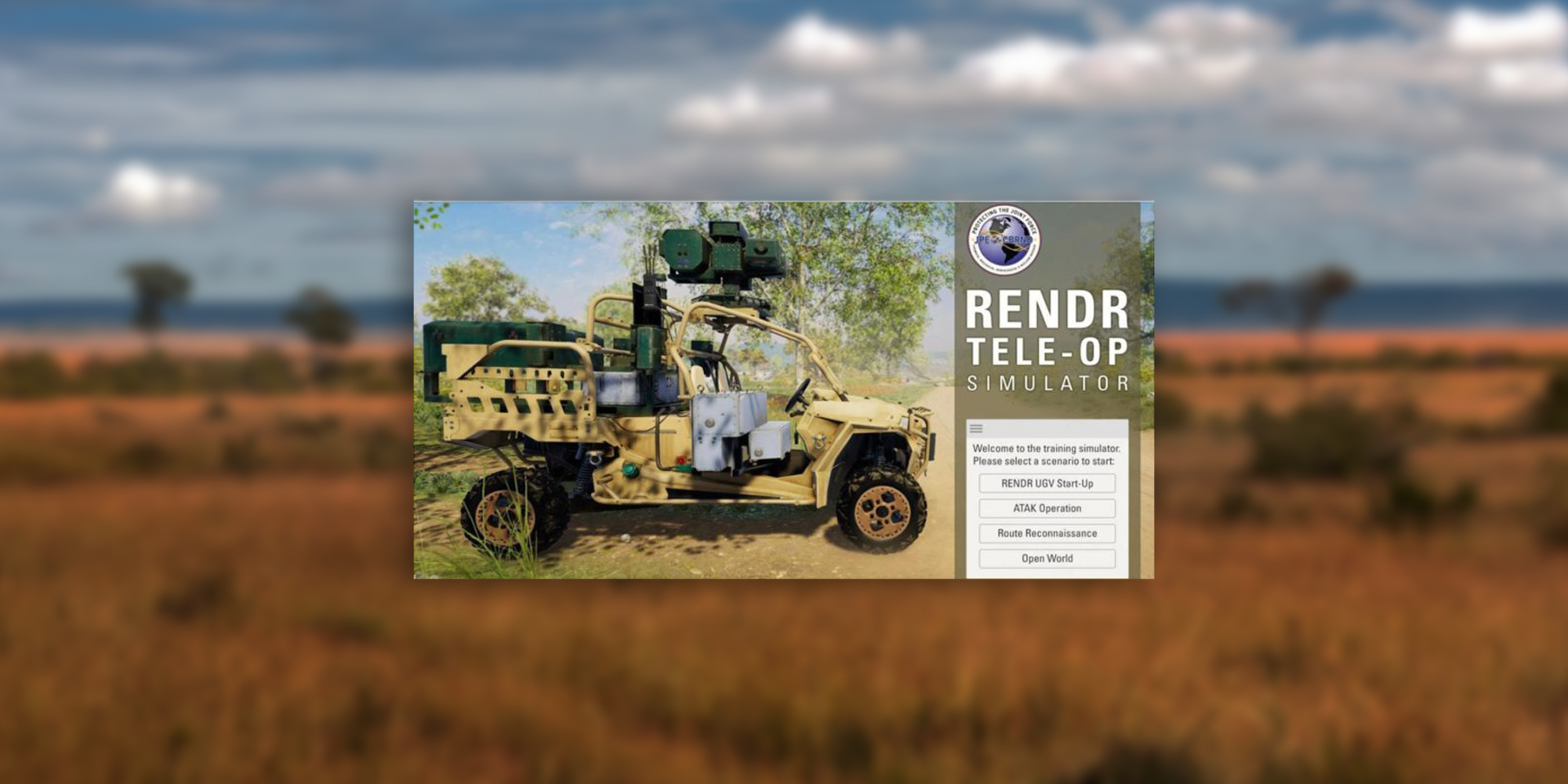Gamification Enhances Learning Experience
Although traditional learning methods such as lectures, reading material, videos, and demonstrations are a tried-and-true means of providing technical information to learners, simulator-based instruction can accelerate and enhance comprehension of equipment functionality and operational procedures in many ways. Simulated equipment and environments give trainees “hands-on” experience before they ever touch real-world machines. Virtual Simulators also provide:
- Reinforced Education – Onscreen instructions prompt the user through the tutorials. This combination of reading the directions and immediately acting upon them in the simulator increases familiarity with the equipment and begins development of muscle memory that aids in response time and accuracy.
- Consistency – Structured tutorials ensure all operators receive the same education and use the same approved techniques in order to maximize safety and efficiency. Trainees may work at their own pace to comprehend the material.
- Verisimilitude – Virtual 3D visualized equipment replicates the real world with a high degree of accuracy. Audio cues such as engine noise, switch clicks, and alarms replicate the authentic experience of hands-on operation.
- Gamification – The application of game-design elements and principles in non-game contexts is called gamification. Using gamification in training simulators improves user engagement and focus, training efficiency, and ease of use. This directly translates into a well-trained group of operators, meeting the goal of the project.
In partnership with ForgeFX Simulations, MRIGlobal created a robust, cutting-edge virtual simulator for training on the remote operation of an unmanned ground vehicle (UGV). These efforts enabled soldiers to become familiar with the UGV hardware and software, while also tele-operating the unmanned reconnaissance vehicle, in a simulated gaming environment. As a result, MRIGlobal’s simulator allows effective and efficient end-user training on unique systems and limited material resources regardless of location of the trainee or asset.
MRIGlobal’s UGV simulator provides a high-fidelity virtual environment to ensure operator proficiency when working with the UGV and the ATAK user interface software. The simulator is designed with three training scenarios geared toward teaching the primary set of skills the user would require for mission success:
Simulator Scenario #1: UGV Familiarization
This scenario teaches users the functionality of the UGV cockpit and dashboard, allowing the user to interactively train on all necessary steps, in the correct sequence and timing intervals. Graphic overlays highlight and label the positions of the switches. Audio cues are used to reinforce the feedback given by the real-world equipment.

Simulator Scenario #2: ATAK Operation
Soldiers remotely control the real-world UGV with an X-Box controller and the ATAK GUI. Scenario #2 trains on the steps needed to start-up, drive, operate, and stop the UGV in a simulated environment. The virtual trainer responds identically to the real-world controls, allowing the soldiers to learn to proficiently tele-operate the UGV.
Simulator Scenario #3: Route Reconnaissance
Scenario #3 emulates the full experience of remotely controlling the UGV. Trainees must use the knowledge gained in Scenarios #1 & #2 to successfully tele-operate the UGV on a Route Reconnaissance mission. The simulator supports an open terrain environment, allowing the trainee to make independent decisions on how to maneuver the UGV to a target location. The topography includes obstacles such as fallen trees, rocks, ponds, and muddy roads to further challenge the driver. The game’s physics provides realistic real-world challenges, such as the roll-over potential on slopes and system damage from impassable terrain or collisions.
Another Benefit of Gamification
An important aspect of gamified learning is the High Scores screen, which fosters engagement by rating the user’s performance against the ideal. The user’s interaction metrics are displayed at the end of the Route Reconnaissance session. The data tracked and included in the performance metrics include time to target, time of start-up, number of collisions, average/maximum speed, and distance traveled.
While traditional learning methods have a role, VR and gamification have proven valuable in providing trainees “hands-on” experience before they ever touch real-world machines.
GETTING STARTED WITH MRIGLOBAL
Contact MRIGlobal to further understand the critical role of our engineers in programs across the institute. If you are part of an agency, business, or academic institution seeking assistance with a project, use our Project Quote Tool to get started.
SIGN UP FOR OUR NEWSLETTER
Sign up for the MRIGlobal newsletter! It’s the best way to get the latest updates in the world of applied scientific engineering research delivered directly to your inbox.

